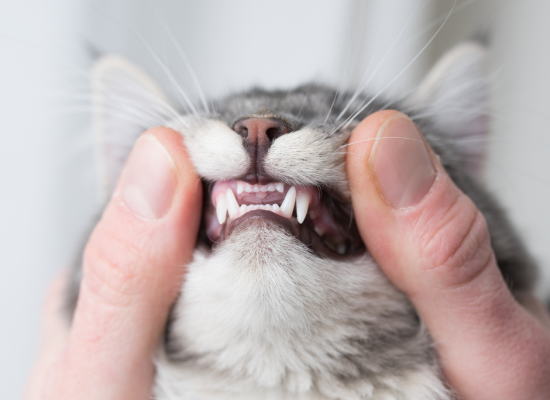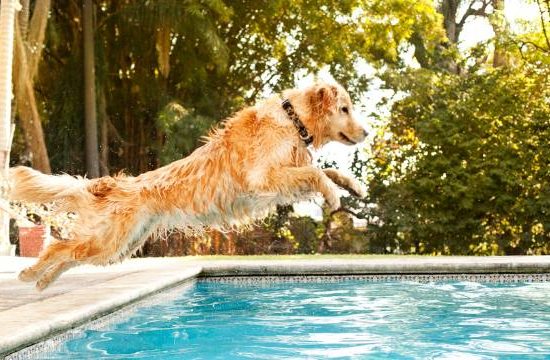Unlike us, dogs and cats don’t have enough sweat glands to help them keep cool. They have their own solutions for cooling down. Dogs pant, so make sure they’re in well-ventilated areas. Cats use grooming, as the saliva on their fur evaporates and cools them down.
However, they need your help to minimise the discomfort and effects of high temperatures during these hot summer days and nights.
Here are a few ways you can help your pet cope with the heat and reduce the chance of heatstroke.
Don’t use your car as a kennel
The temperature inside stationary vehicles can quickly exceed outside temperatures – even with the windows opened a little – with devastating results.
Hyperthermia, which is the elevation of a dog’s core body temperature, is a serious welfare issue. While your four-legged friend might be giving you those puppy eyes for a ride to the shops, putting their health first is paramount.
If you see a dog in distress in a car on a hot day, phone the police, who will advise you what to do. Early intervention is crucial.
Fresh, cool water
Water is an everyday essential, but even more crucial in summer. Place bowls around your property so water is easily available. Add the occasional ice cube to keep the water cool. You could even provide a pet water fountain for a constant supply of fresh, flowing water.
Dogs may enjoy a splash or soak in a paddling or wading pool. Make sure all water sources are kept free of contaminants and supervise your dogs when playing in or near water.
Shady spaces
Both inside and outside provide plenty of places to nap, eat and play that are not in direct sunshine. Dogs and cats usually love sunbathing, but they also like to move into the shade once they’ve had enough.
On particularly hot days, access to tiled areas like bathrooms can offer a cool space. Where possible, turn on air conditioning or fans so you and your furry friends can experience some relief from the heat.
Changes to exercise routine
Avoid walking on surfaces that retain heat – walking on hot sand or asphalt can burn their paw pads. Go for walks in the cool of the morning and evening.
Grooming
Trimming long hair can make it more manageable and feel a bit more comfortable. As both cats and dogs shed their coats naturally, regular brushing will help remove any excess fur from their body and helps air to circulate.
Know the signs of heat stroke
Heatstroke is serious, and extreme heat can take its toll on pets. Signs to watch for include excessive and continuous panting, drooling, agitation, breathing distress, vomiting, diarrhoea, lethargy, weakness, muscle tremors, collapse, and even unconsciousness.
If you think your pet is in distress from the heat, contact us without delay.




